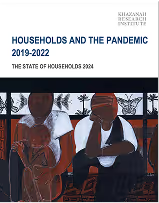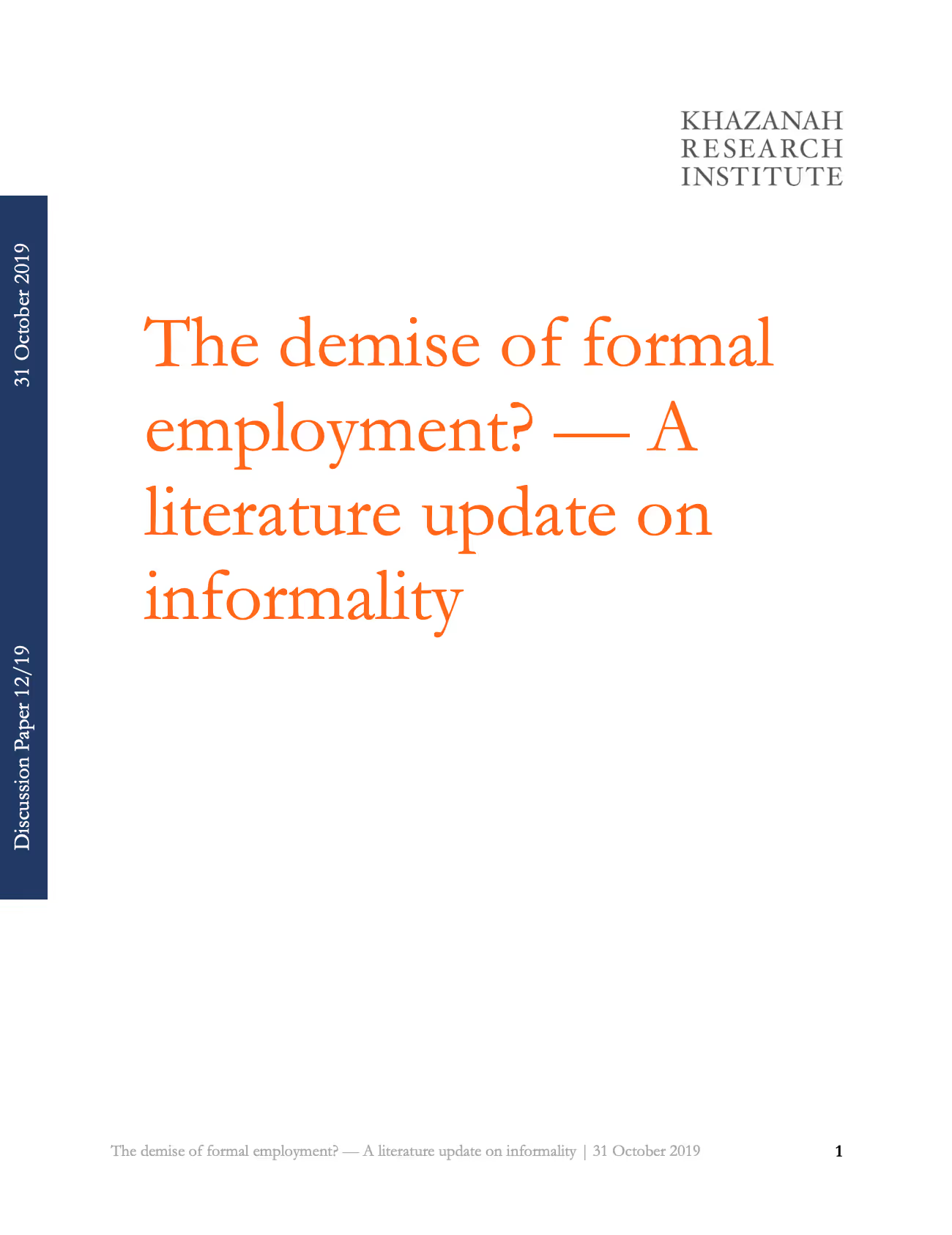
The boundary of informal economy is expanding with the majority of new employment opportunities coming from the informal economy. This, coupled with the persistent old form of informality and increasing informalisation of job, are making informality a dominant feature of both the current and future employment landscape.
Despite academic incongruence, there is a statistical convention on the different components of informal economy. Informal economy is made of firm-based informal sector and worker-based informal employment. These three concepts are not substitutable (but complementary) to one another.
Latest indicators show that the informal economy is large and growing. Informal employment accounts for almost 62% of total global employment and informal sector has contributed between 20% and 64% of the total Gross Domestic Products.
Growth in non-standard employment is a major contributor to the growth of the informal economy employment. This includes the high growth rates of the gig-economy, online digital platform and part-time employment, signalling the expansion of informal economy.
The informal economy is highly heterogenous. Decision to enter informality can be informed by both individual preferences (by choice) and structural incentives (by necessity).
While informality offers greater labour flexibility, it can also exacerbate economic inefficiency and labour vulnerability.
There are separate policy options for formalising workers and firms. In order to maximise the positive and minimise the negative, indiscriminate formalisation is ill-advised. The importance of local context in policy design is also stressed.














.avif)

